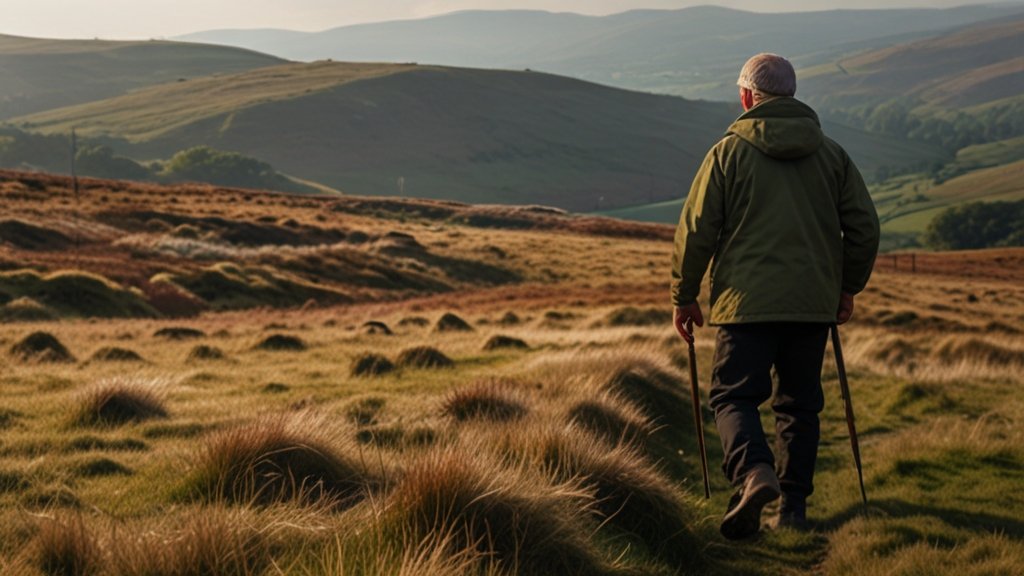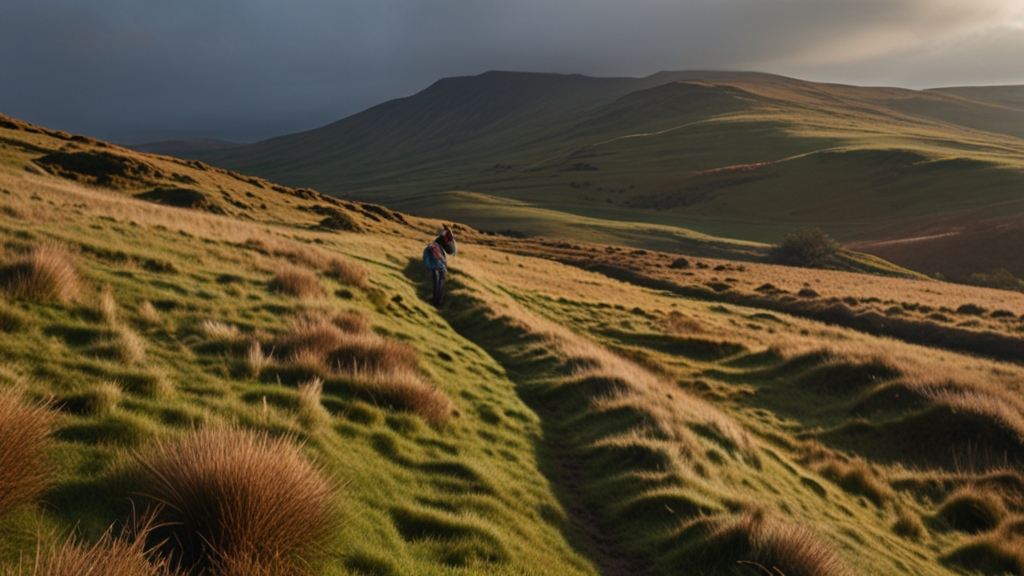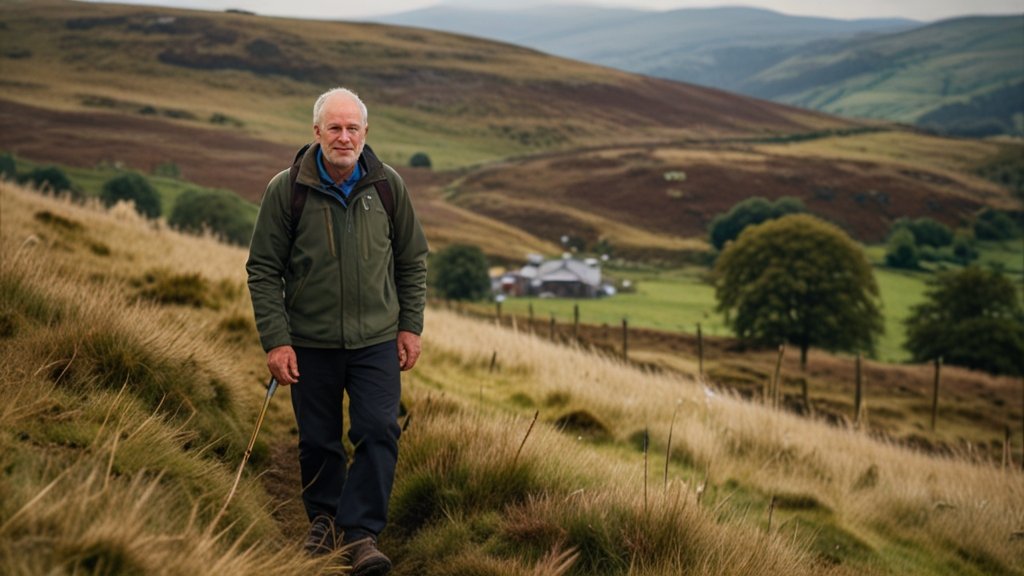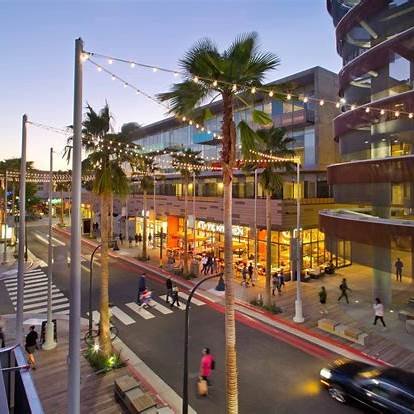 How to Bringing Uplands Back to Life
How to Bringing Uplands Back to Life
This is WWF’s UK Restoration series. Stories to empower and inspire from the people who are restoring British meadows, rivers, uplands and oceans to help bring our world back to life. In this episode we’re going uphill to the high ground: our uplands. A dramatic landscape but one which is in desperate need of restoring natural wealth.
I just love the openness of it and I love the way that the light. It hits the mountains in different times a day and you get these beautiful shadows and it just feels so Moody, mysterious. But you know, you can’t kind of escape the fact that there aren’t many trees and there isn’t much wildlife here. Our uplands should be covered in a patchwork of woodland, moorland, grasslands and wetlands, to give homes to wildlife to support our food production, store carbon, prevent flooding downhill and simply for our well-being. So
how do we restore nature in our uplands. I’m going up Ingleborough Mountain and Yorkshire to find some people who are making it happen. Sheep farming is an intrinsic part of life in our uplands, but for decades farmers have been asked to produce more than the land can handle and things have got out of balance.
The Wild Ingleborough project is protecting and restoring some areas of the Dales from overgrazing by sheep. And there is a place that shows the dramatic difference this has made. This is limestone pavement. And it kind of looks a bit like a lunar landscape, doesn’t it? Yeah. But it really shouldn’t look like that.
All of the plant life, all the wildflowers and things like that have all been nibbled away. And when you compare it with this side of the wall where you know there hasn’t been sheep now for 30 years, you can really see a huge difference. And this gives us a little glimpse of how this landscape could look. Why does the uplands need restoring? Well, it’s definitely wild in some ways, but what it lacks is wildlife.
Over many, many centuries, the trees have been removed and have been gone for a long time really. But 30 years and you get all this nature back and lots of ferns growing out the cracks in the limestone, a load of wildflowers and different grasses here just creates this mosaic of habitats.
So you basically don’t have to come in and do a whole load of rewilding. You just leave nature and let nature do its thing. That’s exactly right. You really like this nature stuff. I do. I am actually a big geek. There’s another way of creating this patchwork of habitats using an unexpected volunteer workforce.
I met a wild lady and her herd of cows who move around to make sure no area becomes overgrazed. First, we have to find the cows in this vast landscape and then lead them to the new grazing area. The trust builds between you, really. I mean, they have no reason to follow me through these landscapes, but they obviously seem to believe that something good will happen if they do.
Food Waste Problem In Uk People Tackling food waste with Keeping It Real
With their grazing habits, they produce a grassland area of differing heights which is perfect for invertebrates and small mammals. We definitely see a lot more flowers appearing throughout the year and then we get the ground nesting birds. It’s the starting point of that whole food chain. I love the fact that the cattle in these conservation grazing systems get to live a pretty free life, really.
Oh yeah. Found my new calling. Lapping it up. She’s definitely lapping it up. You liking it? How did it feel for you to be around the cattle? No, I’m not gonna lie, I was really scared at first. Like, the cows are so beautiful, seeing the relationship that you have with them and how calm you are.
That felt just kind of a different appreciation for cattle. So if our uplands are grazed differently, nature comes back without any more work from us. But sometimes restoring nature requires a bit more work, as this guy who is already planted thousands of trees knows well. Wow, we’re here. God. God damn. That’s amazing.
Are you taking your helmet off? Yeah. I love this cap. Yeah you look good in it? Thank you. Right. Now I’m going to find some tree stakes and yank them out the ground. Love that for you. And I’ll be right here supporting you. I’m just pulling out these old pre-existing tree stakes because these are all getting on to be a bit older and not needing stakes anymore.
So how old are these trees at the moment? About 20 years old, Really? Moving into adulthood. Yeah, they’re past adolescence. Now why were they planted here? Just to join up this little beck here with the woodland a touch further down, making a bit of a wildlife corridor for animals and birds. Cave man, rarr steak. OK. No.
Adam is working on a huge project to create a continuous belt of forest across this mountain for wildlife to find food, mates and homes, and to move around the landscape. This patchwork of habitats that’s needed across our uplands is perfectly captured by a super cool little animal who hangs out in an unusual place. Finding them involves a big trek and some super attractive headgear. Thank you. You look fabulous, darling.
Beautifully done. Oh God. Alright. I’m concentrating on not dying. So this is the entrance to Scarce Cave. So if you wait here, I’m just going to pop in and have a look and see how many there are. We’ll be back. Yeah, OK. I promise. Yeah, I will definitely stay here. I don’t think I can venture any further.
I’m just going to chill here and, you know, keep the lookout. OK, so I’m not brave enough yet to go into the deep dark cave, so I’m letting Steph go and find these crazy tissue moths that spend the winter there. So they’re just chilling in the cave? Yeah, well, not just chilling, actually. They mate in there.
And then the eggs actually get laid on the purging buckthorn tree. And then the caterpillars eat the leaves from that tree. So if there’s no purging buckthorn tree, there’s no tissue moths. Right. And have we got a tree close by? Literally. One tree left. One tree left? One tree left. Yeah, exactly. But the really amazing thing is that you’ve got projects like Wild Ingleborough that are planting loads more of trees so that there is somewhere for these caterpillars to go and and eat and survive and thrive. It’s not just about, you
know, preserving the caves. It’s about thinking about the habitats around them. You know, we need that tree in order for them to be able to thrive just as well as we need the cave for them to mate. Yeah, exactly, like this interlinked system that all works together.
So it all comes together with the story of a moth who, like us, needs to use this landscape in more than one way. Luckily, there’s enough space for all. The best news is that there are plenty of Yorkshire younguns who are taking on the restoration of their Dales. I got stuck in with a group who managed on a bit of a grim day to just warm my heart.
It feels like you’re doing extreme Jenga. Why the heck do you do this guys? What’s your kind of motivation for doing this kind of work? I mean, I think you know, these days you’re only ever really hear bad things about the environment on the news and stuff like there’s oil in the sea and rubbish everywhere.
So it’s good to just know that I’m doing my part to reverse that. So hopefully we’ll be able to hear some good news one day. This is my remit, OK? I’ll leave for what is it? The flue stones? I’ll leave that to you guys. What is it about nature that you love? It just brings happiness to my heart. And seeing all the wildlife, the birds, the insects, the different flowers.
They’re pretty. How does it feel for you when you’re out here doing this? Refreshing, I think. When you’re at home spending a lot of time on the computer, you don’t realise that there’s this side of the world sometimes. I traditionally felt like, oh, no, I’m OK. I won’t bother. I’ll leave the people that are really about that kind of like hiking life to to come here.
But actually, you know, being able to kind of go on these big walks and meet all these people, I have felt really like refreshed being out here. There’s a lot of people working really hard and volunteering their time to help with projects like this and it is really making a difference. It’s really starting to have an impact.
It’s great to feel that you’re making just a small contribution. All we can do is our little bit and if everybody does that, it’ll add up and hopefully people enjoy this landscape for many, many centuries to come.
When we actually create this mosaic landscape and then nature is able to run its own course. It’s gonna be amazing. The uplands are absolutely epic now, but can you just imagine what it would be like with a few more trees, the birds coming back, the insects, all the kind of wildlife and people being able to use it too? I’m well excited for the next and last episode.
Take me to the beach to meet the people who are restoring our oceans.
Come with us to the uplands of North Yorkshire and see the most impressive before/after from Wild Ingleborough! Take a hike with Euella as Jono, Sally, Adam, Steph, Finn, Amy, James, and Dwayne show us how, when we work with nature and not against it, we can restore our precious uplands.



